Illustrator and author Sami Bayly grew up drawing what she saw around her, but in the midst of her Natural History Illustration degree she realised that although she loved drawing all animals, she particularly enjoyed portraying things that were a bit different. ‘I liked the kind of shock value of doing something a bit unusual,’ Sami says. ‘It started with a Californian Condor – that’s a pink, hairless thing. Next, I drew a White Ibis, or “bin chicken”.’
Sami was interested in the way people thought about ibis. ‘They are always in the bins and a bit of a pest, but when I started looking into why they are in these urban areas, going through bins, instead of in their natural habitat, I found it’s because we are destroying their habitats and taking their homes.’
This was the beginning of a lasting fascination with sometimes-maligned or otherwise unattractive animals, the stars of her new book The Illustrated Encyclopaedia of Ugly Animals. The book features Australian wildlife as well as some species from other parts of the world. Alongside a detailed and beautiful illustration, there is information about the animal’s habitat and behaviours, its conservation status and some of the animal’s more unusual features. Many of these features – like the thick, wrinkled crest of a cassowary – which might make these animals unappealing to our eyes, have surprising and sometimes fascinating explanations.
The process of putting these animals onto paper was transformative for the artist, helping her to see the animals a different way. ‘There are 60 animals in the book,’ Sami says, ‘and a lot of them I had seen before, whether in books or pictures or on TV, but it wasn’t until I had to go through and paint all those details – the feathers, the wrinkles in their necks, the tiny hairs – you start to really appreciate those animals and why they have those features, whether it’s for protection, mating purposes or for survival in general.’
The artist’s regard for her subject is evident in the fine strokes and the care that has been given to every illustration in the book. Whether it’s an Orangutan or an Antarctic Scale Worm, it gets the same devoted attention from her hand.
Seeing the ugly animals depicted by her brush and understanding more about them has helped others to look at the ‘ugly’ creatures from a different angle, too. ‘When the book finally came out people told me that a lot of the animals they hadn’t heard of before and it was a wonderful way to see the beauty in these animals that you wouldn’t usually get to see,’ Sami says.
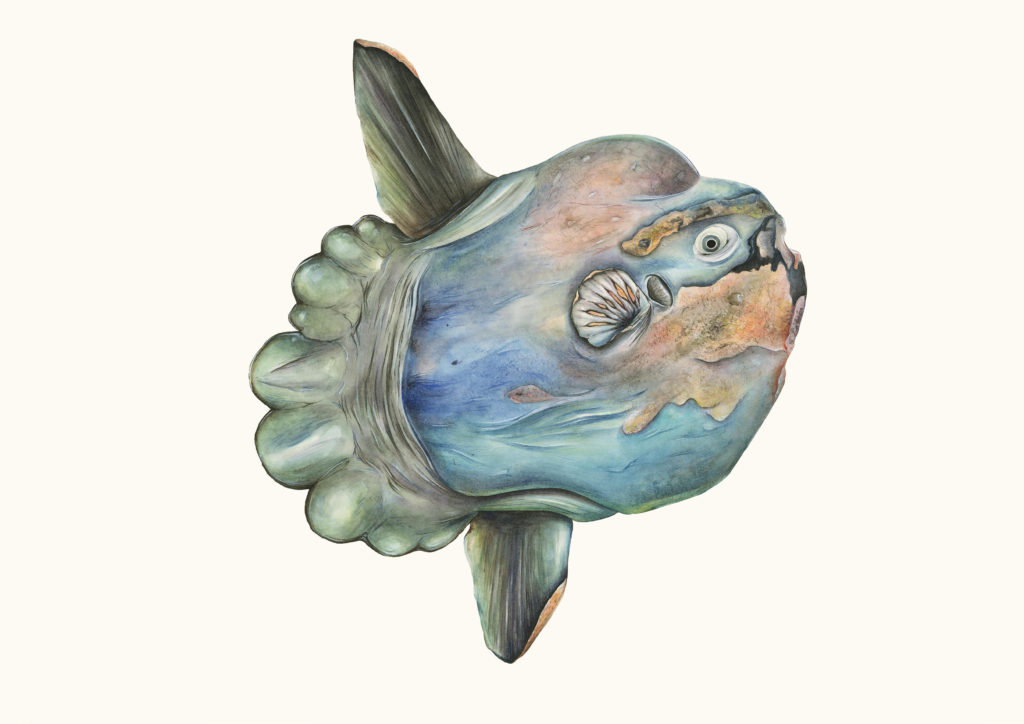
Seeing the beauty in something, she believes, is an important emotional shortcut to caring. Since she was young she has been deeply interested in conservation and worried about the plight of the world’s endangered species. ‘I remember being mortified when I heard about the rhinos and their numbers falling, knowing that I might not get to see one of these animals and if I had children, they would never see them. It’s not just for our enjoyment either, but the fact that that animal, which has evolved over millions of years, doesn’t get to exist any more – basically because of us.’
It was important to Sami from the start that the book carry more weight than being just a funny book of unusual animals, or interesting facts. ‘It’s not to make the kids totally depressed,’ she insists, ‘but to show them that we need to do something and to care.’ In the middle of making the book, Sami did a trip to Borneo to study the conservation of the Proboscis Monkey and the Orangutan and was amazed at how little people there knew about the local animals. ‘When we went there we only knew the bare minimum, but we found ourselves teaching the locals when we went into the schools, about the plight of their own animals – why they shouldn’t be dumping rubbish in the water or burning forests for palm oil. It’s not that they don’t care, just that they haven’t been educated about the issues.’
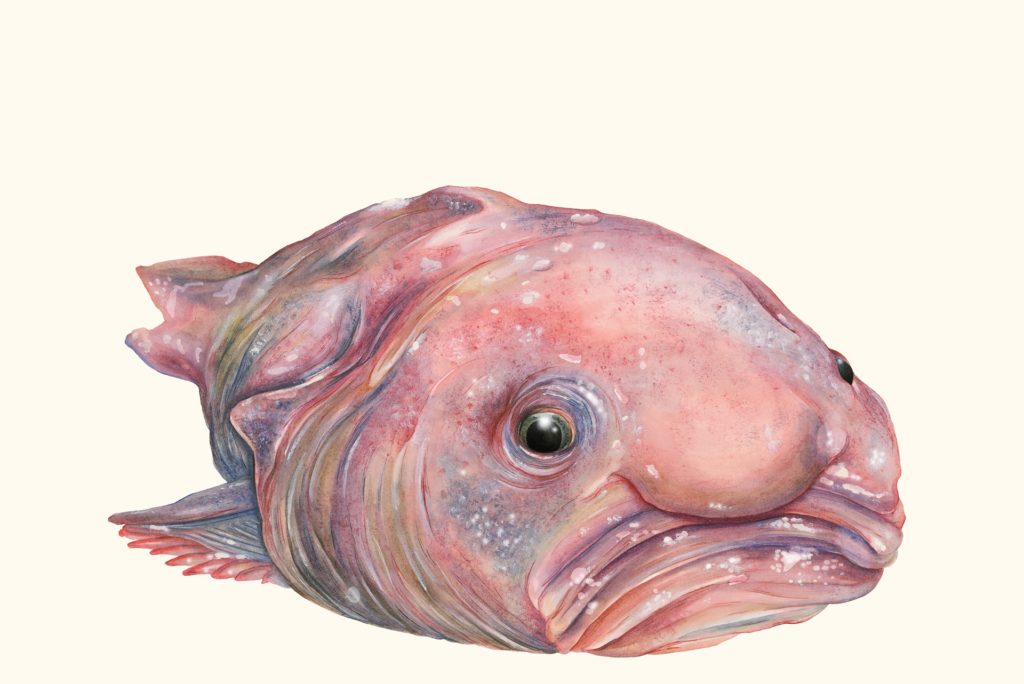
Of course, in Australia we are faced with our own ongoing conservation crisis, heightened by the impact of the recent fires. While images of burnt koalas and hugging kangaroos have encouraged people around the world to generously open their wallets and donate their time and skills to help our beleaguered wildlife, Sami worries we might be in danger of once again overlooking the life less beautiful. ‘It is a great way, from an advertising point of view, to get donations in… but I think it can be a bit of a toxic sort of trait where humans are only willing to help or care about an animal if it’s cute or we find it beautiful or it has value to us.’
Rather, she would like us to remember that an animal is valuable in and of itself, outside of human judgement. ‘I can’t even fathom how many insects would have died or how many other animals have been affected that have their own value and provide valuable services to the ecosystem.’
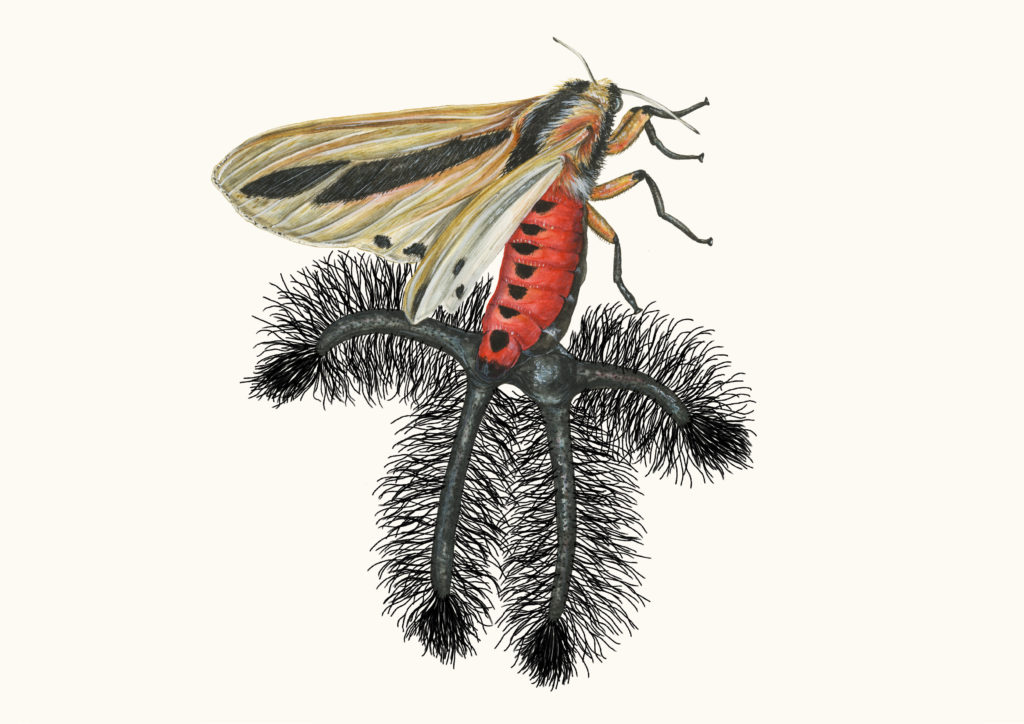
Featuring beautifully illustrated animals from the relatively obscure and almost totally repulsive Blobfish to the better-known but often under-appreciated Brush-turkey, The Illustrated Encyclopaedia of Ugly Animals seeks to embed an understanding of our fellow creatures that goes more than skin-deep.
The Illustrated Encyclopaedia of Ugly Animals, from Hachette Publishing, is available now in bookstores and online. More of Sami’s beautiful-ugly illustrations can be seen on her Instagram.
Cover illustration provided by Sami Bayly.

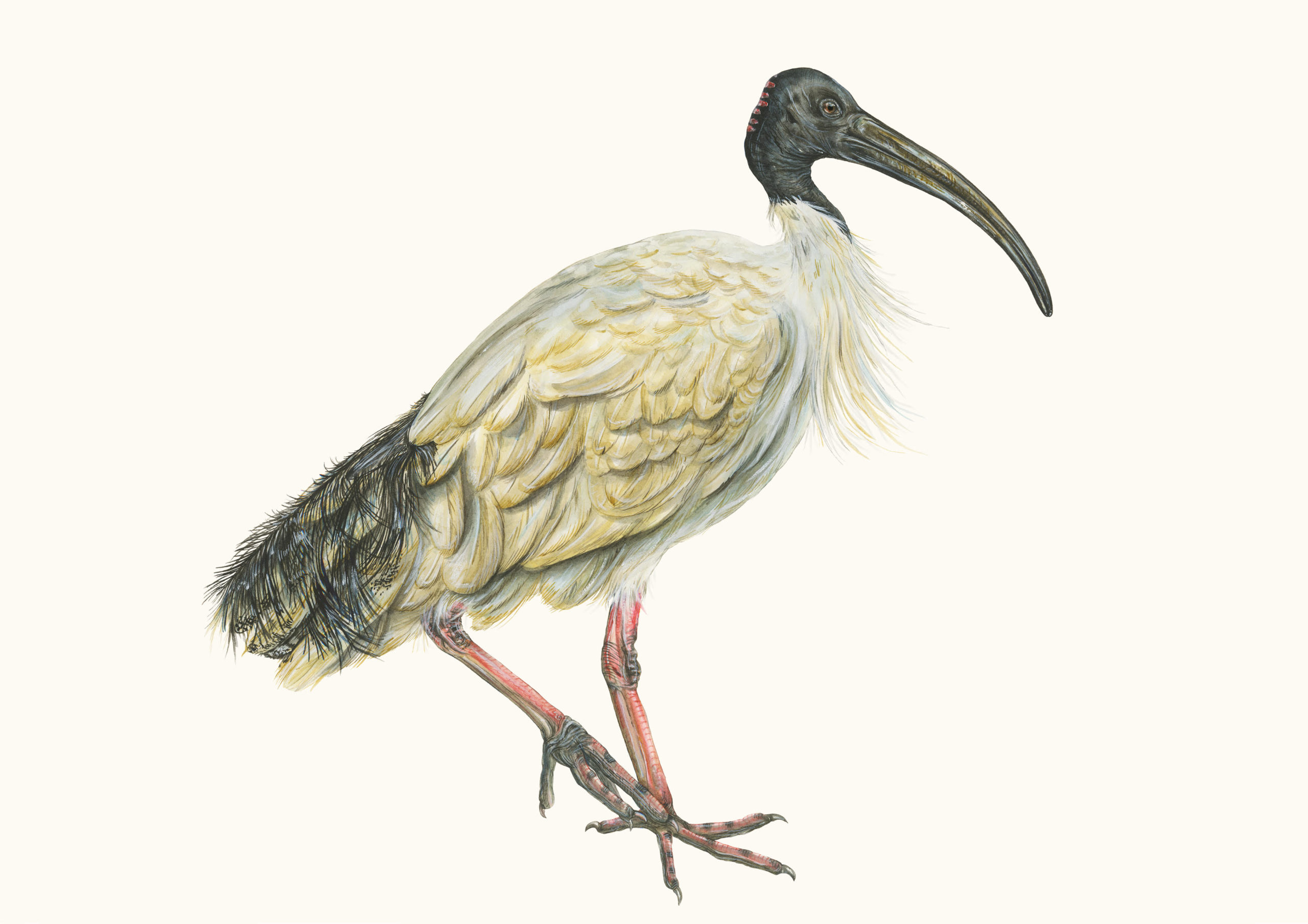
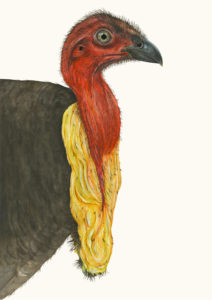
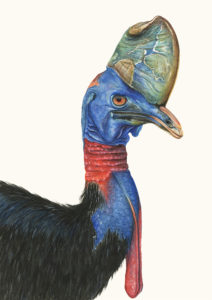
Leave a Reply